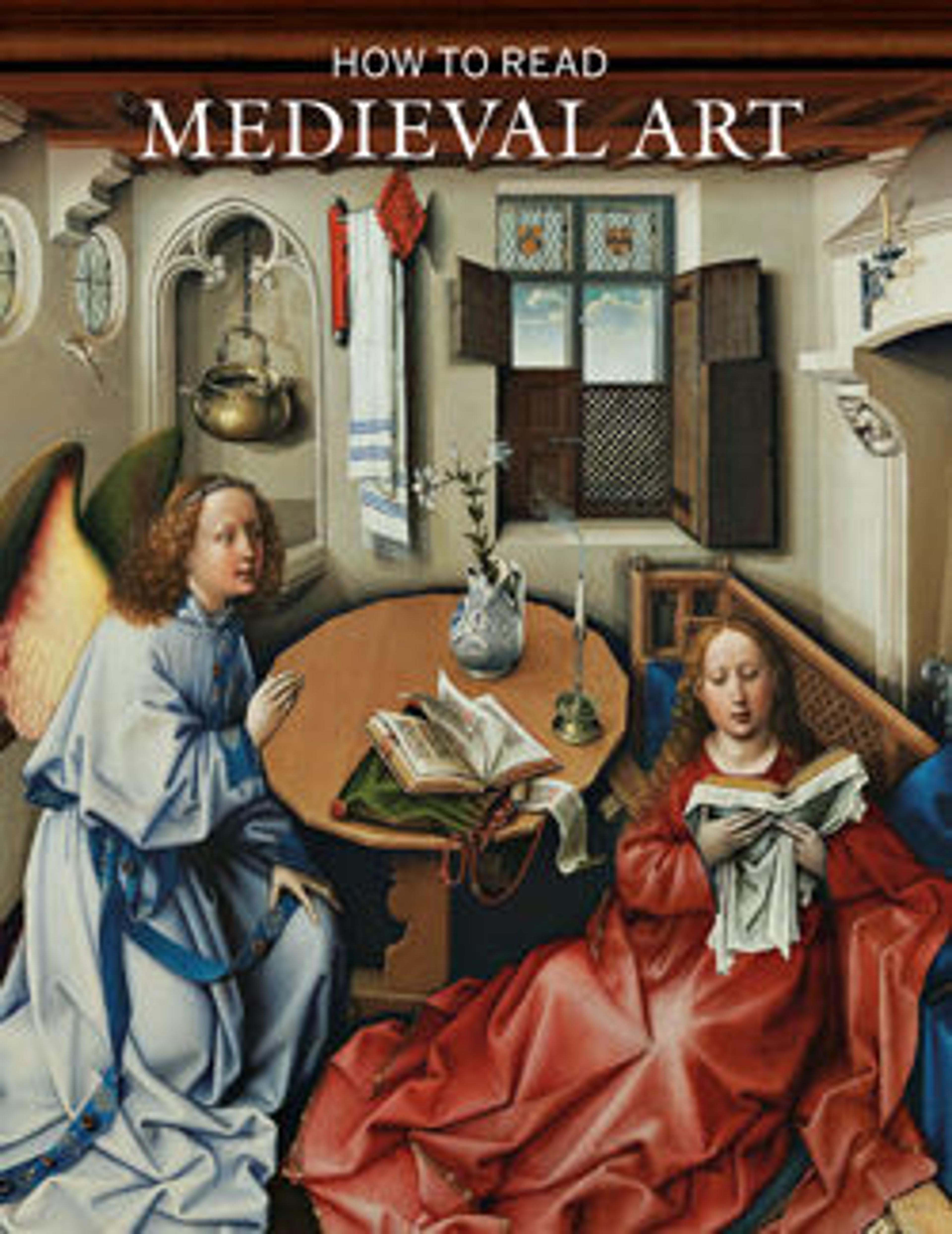Situla (Bucket for Holy Water)
Buckets such as this were used for sprinkling holy water upon the faithful during processions. Ivory examples are exceptionally rare, and this one is the earliest to survive. An entire section of an elephant tusk, hollowed out, made it possible to decorate the surface of this bucket with scenes from the life of Jesus. On the lower register are depicted the Annunciation, the Visitation, the Nativity, the Dream of Joseph, and the Baptism of Jesus. On the upper register are the Betrayal, the Flagellation, the Last Supper, the Ascension, the Holy Women at the Sepulchre, and the Crucifixion.
Artwork Details
- Title: Situla (Bucket for Holy Water)
- Date: 860–880
- Geography: Made in northern France
- Culture: Carolingian
- Medium: Elephant ivory with gilded copper-alloy mounts and foil inlays
- Dimensions: Overall (with handle up): 8 5/16 x 6 1/16 x 5 1/8 in. (21.1 x 15.4 x 13 cm)
Overall (with handle down): 6 3/16 x 6 1/16 x 5 1/8 in. (15.7 x 15.4 x 13 cm)
Overall (vessel only): 5 3/4 x 5 1/16 in. (14.6 x 12.8 cm)
diameter of foot: 3 1/8 in. (8 cm) - Classification: Ivories-Elephant
- Credit Line: Gift of J. Pierpont Morgan, 1917
- Object Number: 17.190.45
- Curatorial Department: Medieval Art and The Cloisters
Audio
2950. Situla (Bucket for Holy Water)
0:00
0:00
We're sorry, the transcript for this audio track is not available at this time. Please email info@metmuseum.org to request a transcript for this track.
More Artwork
Research Resources
The Met provides unparalleled resources for research and welcomes an international community of students and scholars. The Met's Open Access API is where creators and researchers can connect to the The Met collection. Open Access data and public domain images are available for unrestricted commercial and noncommercial use without permission or fee.
To request images under copyright and other restrictions, please use this Image Request form.
Feedback
We continue to research and examine historical and cultural context for objects in The Met collection. If you have comments or questions about this object record, please complete and submit this form. The Museum looks forward to receiving your comments.
